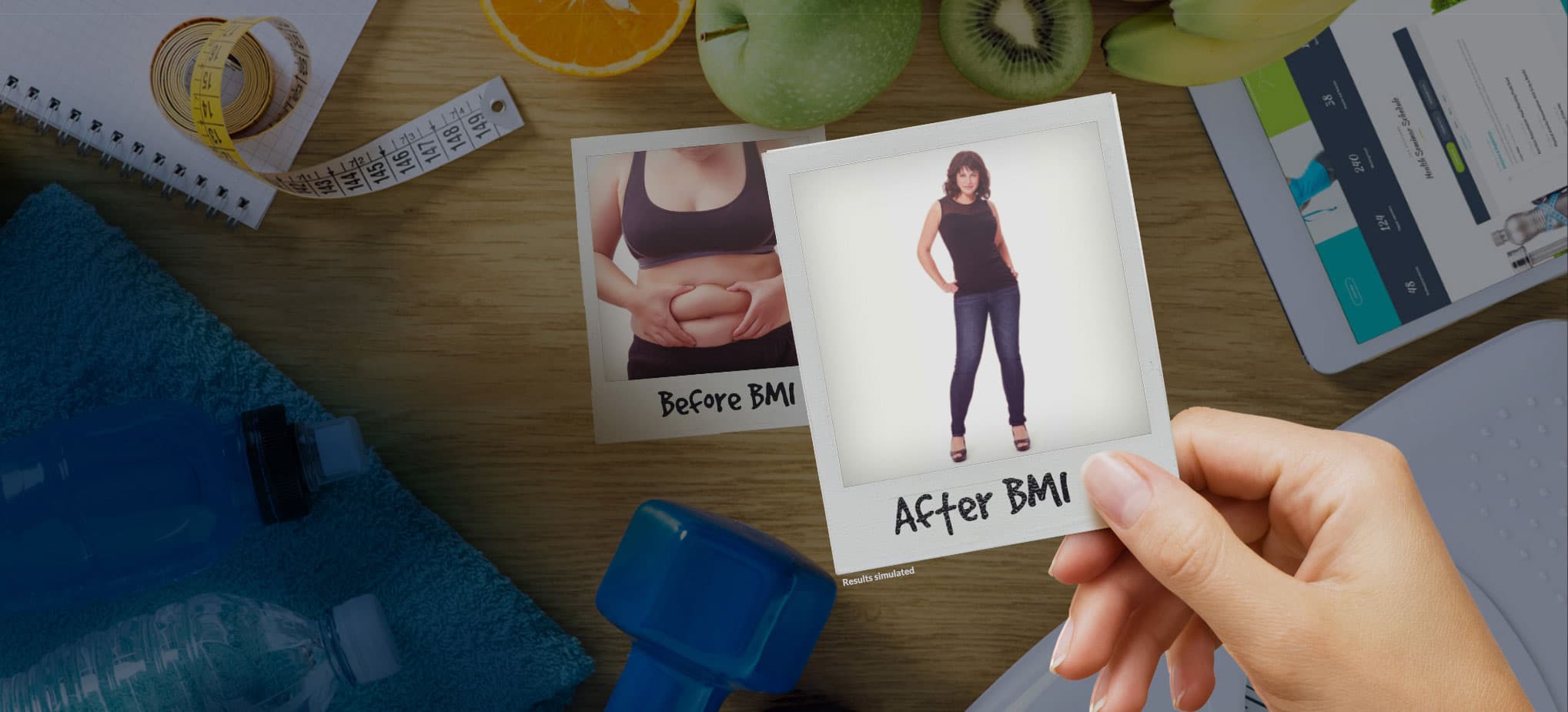Embarking on the journey to weight loss after bariatric surgery, specifically gastric sleeve surgery, is a transformative process that requires a significant shift in your lifestyle. One of the most critical aspects of this change is understanding and implementing proper portion sizes in your diet plan. This guide aims to provide you with comprehensive insights into managing portion sizes after weight loss surgery.
What are Normal Portions After Gastric Sleeve?
After undergoing a gastric sleeve surgery, the size of your stomach is significantly reduced. This surgery involves removing a large portion of your stomach, leaving a smaller, banana-shaped structure in place. As a result, the amount of food you can comfortably consume in one sitting is also reduced.
In the initial stages post-op, patients are advised to consume only thicker liquids. This is to allow the stomach to heal and adjust to its new size. As you progress in your recovery, you’ll gradually transition to pureed foods, then soft foods, and eventually, solid foods.
The average meal size after gastric sleeve surgery is typically several ounces of food. However, this can vary depending on the individual’s tolerance, the type of food consumed, and how far along they are in their recovery.
How Many Ounces of Solid Food Should I Eat After Gastric Sleeve?
As you transition from thicker liquids to solid foods post-op, it’s important to start with small portions. Initially, you might only be able to comfortably consume 2 to 3 ounces of solid food per meal. Over time, as your body adjusts, you may be able to consume more.
Crafting a Balanced Plate
Navigating your diet after gastric sleeve surgery can be challenging, but understanding how to portion your plate can make all the difference. As you progress in your post-op journey, your ability to consume a more varied diet will increase. Here’s a breakdown of how to create a balanced plate tailored to your new stomach size and nutritional needs.
Note: Always consult your surgical team for personalized advice and pay attention to your body’s hunger and satiety cues. Overeating can lead to discomfort and complications. Often times this manifests itself as hiccups or upper abdominal pain or reflux – or all three!
Step 1: Prioritize Protein – Half of Your Plate
Protein is crucial for muscle repair and overall well-being, especially after bariatric surgery. Don’t start solids for at least the first two weeks. After that, aim for about 3 to 4 ounces of lean protein per meal. This could be chicken, fish, or plant-based options like tofu. Consuming solid protein first can help you feel full and satisfied, aiding in long-term weight loss goals.
Step 2: High-Fiber Vegetables – One-Quarter of Your Plate
Once you’ve had your protein, if you still feel hungry, move on to high-fiber vegetables. These can include leafy greens, bell peppers, or cauliflower. Fiber is essential for digestive health and can also help you feel full longer. Note that starchy vegetables like potatoes should be limited and fall under the carbohydrate category.
Step 3: Carbohydrates – One-Eighth of Your Plate
Carbohydrates are essential for energy but should be consumed in moderation. Opt for high-fiber carbs like whole grains or legumes. This could be a small serving of quinoa, brown rice, or a couple of whole-grain crackers.
Step 4: Healthy Fats – One-Eighth of Your Plate
Don’t shy away from fats entirely; they’re essential for nutrient absorption and satiety. However, choose healthy fats like avocado slices, a drizzle of olive oil, or a sprinkle of nuts or seeds. These fats can help you stay full and provide essential fatty acids.
By following this balanced plate model, you can ensure that you’re getting the nutrients you need without overtaxing your newly-sized stomach. Remember, the key to long-term success post-gastric sleeve is not just the surgery itself but also adopting and maintaining a balanced diet and lifestyle.
The Importance of Portion Control in the Post-Sleeve Diet
Portion control is a cornerstone of achieving your weight loss goals after bariatric surgery. It helps prevent weight gain and complications that can arise from overeating with a smaller stomach size.
Gradually Adjusting Portion Sizes
After your gastric sleeve surgery, it’s essential to adjust your portion sizes gradually. This allows your body to adapt to its new circumstances and helps avoid discomfort or complications. Start with thicker liquids, then slowly introduce pureed foods, followed by soft foods, and finally, solid foods.
Tips on Measuring Portion Sizes
To ensure you’re maintaining proper portion sizes after weight loss surgery, consider using measuring cups or food scales. These tools can help you accurately measure your food and prevent overeating.
Practicing Mindful Eating
Mindful eating involves paying attention to your hunger and satiety cues. This practice can help you avoid overeating and ensure you’re consuming the right portion sizes for your smaller stomach.
Remember, the journey to weight loss after gastric sleeve or gastric bypass surgery is a long-term commitment. By understanding and implementing proper portion control, you can achieve your weight loss goals and maintain a healthy lifestyle.
Long-Term Success with Portion Control
The key to long-term success after gastric sleeve surgery is consistency. Maintaining proper portion sizes is not a temporary change but a lifelong commitment. It’s crucial to remember that this surgery is a tool to aid in weight loss, but the ultimate success depends on your commitment to a healthy lifestyle. Follow-up in the clinic is paramount. In addition, occasional UGI’s in the office setting are a great way to ‘re-evaluate’ your sleeve and how you are eating and drinking. At BMI of Texas we recommend doing this at least yearly. We encourage patients to record the pictures and videos that we make in clinic and keep them on their phone as constant reminders of what their sleeve looks like while they are eating!
You might also be interested in: Lose Belly Fat After Gastric Sleeve Surgery

